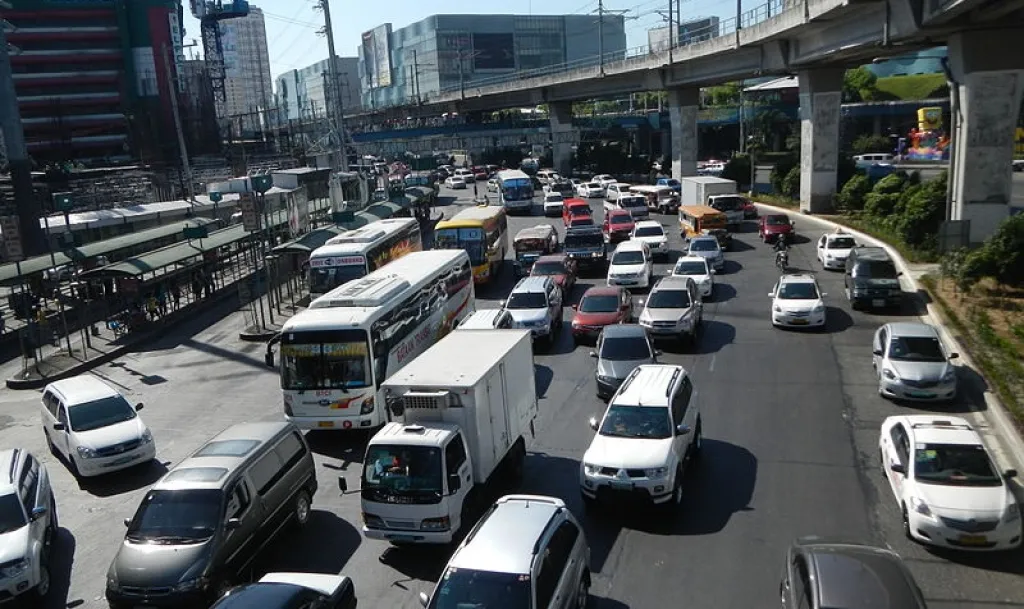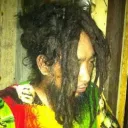Our favourite places to stay on this sleepy Cebu island.
Study Says Metro Manila Has 3rd Worst Traffic in Southeast Asia

Filipinos spend 16 days of lost income opportunities to traffic every year, study says.
A study commissioned by the ride-sharing platform, Uber, and subsequently conducted by the Boston Consulting Group (BCG) shows that Metro Manila commuters and motorists spend 66 minutes every day stuck in traffic, not including the daily 24-minute time lost due to parking space search. The study was conducted from September to October this year involving 300 respondents coming from Southeast Asian cities.

The study also shows that Metro Manila has the third longest traffic wait time in Asia, a notch behind Bangkok and Jakarta respectively.
“Road congestion costs Asian economies an estimated 2%-5% of gross domestic product each year due to lost time and higher transport costs,” Uber Philippines’ General Manager Laurence Cua said in a statement based on the report of Asian Development Bank.
Because of this, three out of four Filipinos have experienced being late to an important event, such as doctor’s appointments, weddings, and job interviews, the study revealed.
Also read: Breaking: Manila is the 10th Most Stressful City in the World
The streets have more cars on them than they can handle, especially during the morning and afternoon rush hours, which significantly increases travel time. This is on top of the fact that the Philippine public transport infrastructure development is creaking.

Moreover, Metro Manila will brace for a worsened traffic condition due to low down payment promotions given by financing companies and car makers for easy car ownership, and the fact that more than 80% of Metro Manila’s respondents showed intention of purchasing a car five years from now.
Meanwhile, Manila has six railway lines with a combined length of 246 kilometres. Due to the increasing number of the riding public, peak hour congestion has already reached 132%. This means that the Philippines has to cough up US$51 billion for roads, railways, tollways, and subways in order to bridge the demand gap, the study says.

According to Mr. Cua, effective alternative solutions to this worsening traffic congestion problem are ride-sharing and car-pooling services. He said that ride-sharing alone can take out as many as 1 million privately owned cars from the road. This translates to 50%-90% traffic congestion reduction.
“The more people use shared modes, the more likely they are to use public transit, own fewer cars and spend less on transportation overall,” Mr. Cua said.
Also read: Manila is the Absolute Worst and These 20 Points Will Convince You
Published at
About Author
Benjamar Gabawa
Subscribe our Newsletter
Get our weekly tips and travel news!
Recommended Articles
10 Bantayan Island Resorts, Hotels, and Rentals for Your Tropical Escape 10 Best Mountain Cafes in the Philippines for Your Peak Coffee Experience Coffee date on the mountains, anyone?
10 Creative Hangout Spots Around Metro Manila for Artsy Souls Looking for a place to meet fellow artists and thinkers? Here are 10 collaborative spaces in Metro Manila where creatives can hang out, brainstorm, and build ideas.
10 Family Outing Ideas in Metro Manila Under ₱500 Looking for a weekend bonding with the family under ₱500? Head to these places, pronto!
10 Fun Things to Do in Manila Alone Live your best life in Manila, even when you’re riding solo.
Latest Articles
PAL’s New ‘Safetynovela’ Goes Viral as Netizens Praise Creative Twist on Flight Safety Video Pre-flight briefings are made fun again!
E-bikes, E-trikes Ban in Metro Manila Starts Jan. 2 with Mandatory Impounding Full list of prohibited routes and what you need to do to keep your e-trike.
6 Filipino Foods to Eat During New Year's Eve for Better Luck and Wealth in 2026 Lucky Filipino foods you need for a prosperous Year of the Fire Horse!
FREE NYE 2026 Countdown & Firework Shows in the Philippines Don't waste ₱17k on hotel tickets! Catch SB19, Bamboo, and Ely Buendia for FREE.
New US Biometric Rule Filipino Travellers Must Know Mandatory border photo checks

